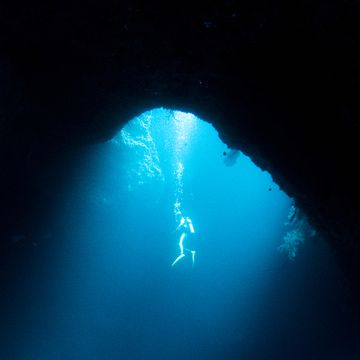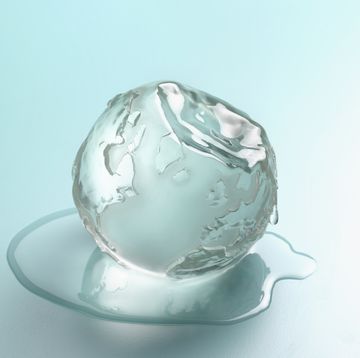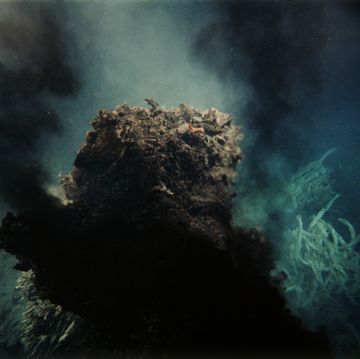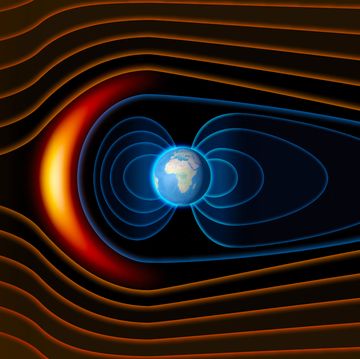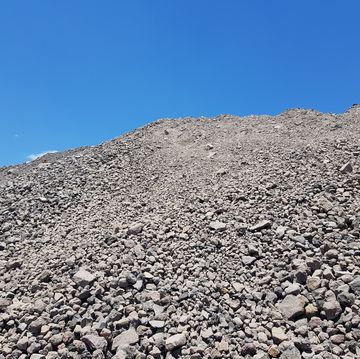- Scientists know that the world’s continents emerged during the Archean eon, which stretched from about 4 to 2.5 billion years ago. But how they formed is a tougher question.
- A new study from the University of British Columbia reveals that magmatism of Earth’s current crust’s precursor formed three rocks—tonalite, trondhjemite and granodiorite, known collectively as TTGs—that likely formed the first continents.
- This idea would rule out that meteorites or subduction zones were required to form TTGs and, subsequently, continents.
The formation of the Earth’s continents occurred during a fiery afterbirth known as the Archean Eon, which stretched from 4 billion to 2.5 billion years ago. It was in this bubbling cauldron of magmatic activity that geologic forces created the world’s first continents. While geologists have narrowed down the “when” of continental formation, the “how” is still a pretty big mystery.
That’s because the origin story of Earth’s continents is a bit of a chicken-or-egg question: Did the first continents form as the result of primordial subduction zones, or did existing ancient land masses produce the first subduction zones? In a new paper published last week in the journal Nature Communications, scientists from the University of British Columbia tipped the scales in the direction of the latter.
Three types of granitoid rocks are central to this geologic origin story—tonalite, trondhjemite, and granodiorite—which together are known as TTG. Evidence of Archean TTG rock can be found throughout the world, and even in your home, as varieties of this type of rock can be found in kitchen countertops. But exactly where did this early continental rock come from?
“We tracked a specific set of trace elements that aren’t affected by alteration and pristinely preserve signatures from the original magma that made new TTG crust,” lead author Matthijs Smit, an associate professor the University of British Columbia’s Department of Earth, Ocean and Atmospheric Sciences, said in a press statement. “These elements allowed us to look back through the chemical changes that TTG magmas go through and trace the melt compositions back to their initial state and source.”
Smit’s team discovered that TTG rocks (and other rocks associated with them) formed from a “slow burial, thickening, and melting of precursor crust.” This ancient proto-crust likely resembled the oceanic plateaus of today, and because this crust kept being buried, the base had no choice but to melt. And voilà: TTGs were created, which then formed the Earth’s first continents.
According to the scientists, the discovery of this standalone “intra-crustal” formation disproves the idea that TTGs could’ve formed from the geologic crust-making factories known today as subduction zones. So if subduction zones are the chicken and TTG magmatism is the egg, it turns out the egg came first (which also happens to be true of chickens).
“We show that these things may actually not be directly related,” Smit said. “The recognition of the type of source rock makes this leap possible and also takes away the need to have other mechanisms, such as meteorite impact, to explain the growth of the first real continents.”
Darren lives in Portland, has a cat, and writes/edits about sci-fi and how our world works. You can find his previous stuff at Gizmodo and Paste if you look hard enough.






